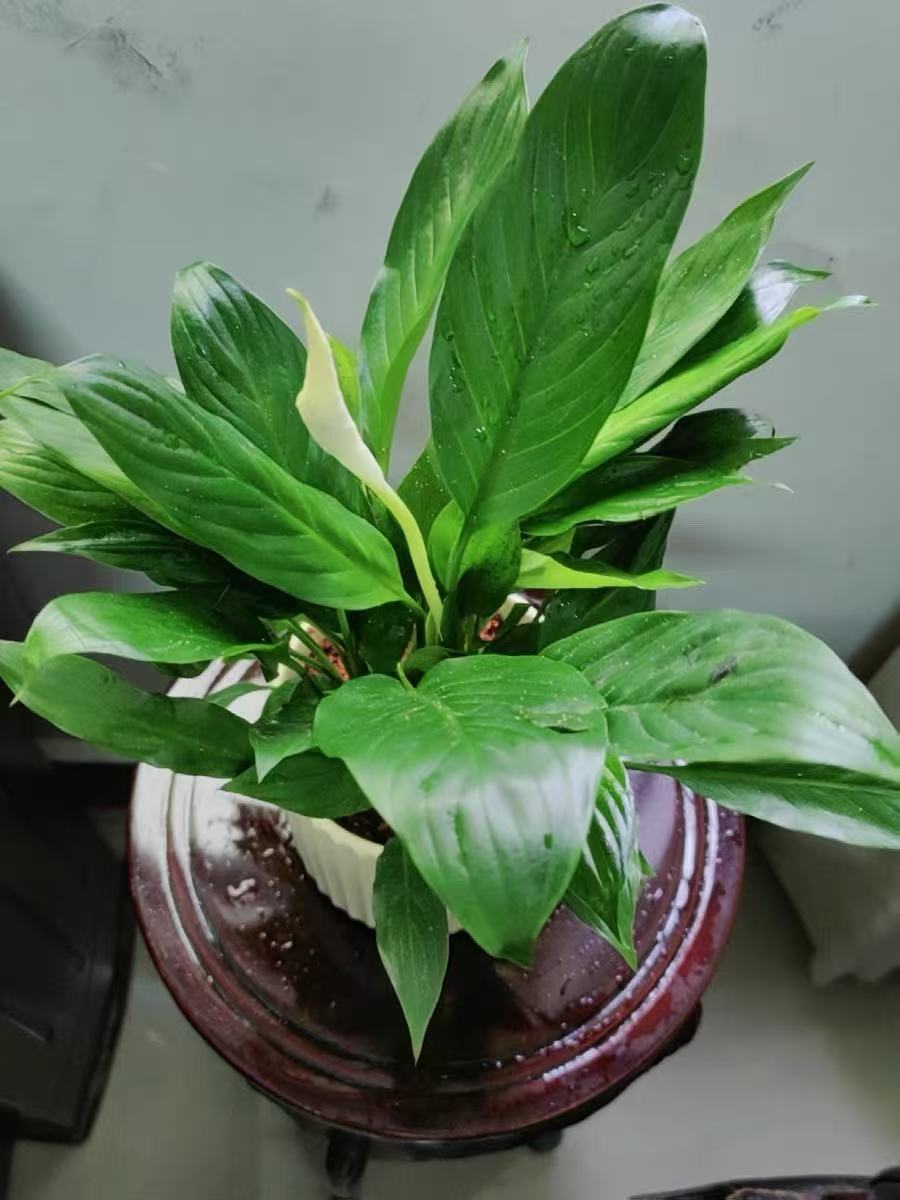When the rainy season arrives, the air humidity increases significantly, the duration of sunlight shortens, and the changes in the environment pose new challenges to the growth of indoor plants. Only by choosing plants that are suitable for growing in the rainy season and mastering the correct maintenance methods can you keep your home green. So, what indoor plants are good for the rainy season? And what are the maintenance precautions?
Indoor plants suitable for cultivation in the rainy season:
Ferns: Such as the bird's nest fern and the Boston fern. These plants' original environments are mostly humid mountain forests. They like a shady and humid environment and have low requirements for light. The high humidity conditions in the rainy season are in line with their growth habits. Their leaves become greener and more spread out in the moist air, adding a natural and wild charm to the indoor environment.
Moss micro-landscape plants: Moss itself depends on a humid environment for survival, and there is no need to spray water frequently for moisturization during the rainy season. When paired with small succulents or ferns to create a micro-landscape, it's as if a mini forest has been brought indoors, which is highly ornamental.
Epipremnum aureum: Epipremnum aureum has strong vitality and excellent adaptability. Even in the rainy season with insufficient light, it can continue to grow due to its strong shade tolerance. Its green vines hang naturally, not only beautifying the environment but also effectively purifying the air.
Spathiphyllum: Spathiphyllum likes high temperature and high humidity and is also relatively shade-tolerant. The climatic conditions in the rainy season are conducive to its budding and blooming. The white spathes stand gracefully, and when matched with green leaves, it looks fresh and elegant. It can also absorb harmful gases in the air.
Precautions for plant maintenance in the rainy season:
Control the watering frequency: In the rainy season, the air humidity is high, and the soil moisture evaporates slowly. If you water according to the usual frequency, it is easy to cause water accumulation and root rot. You should follow the principle of "watering when the soil is dry and keeping it moist." Judge the dryness and wetness of the soil by touching it, and water moderately after the surface soil is dry, reducing the number of watering times and the amount of water.
Strengthen ventilation: A humid and stuffy environment is prone to the growth of bacteria and pests. Maintaining good indoor ventilation can reduce the air humidity and the reproduction of pathogens. Open the windows for ventilation 2-3 times a day for more than half an hour each time, or use a fan to assist with air circulation.
Supplement light: Insufficient light in the rainy season will affect the photosynthesis of plants. Place the plants in a position with better light, such as near the window. If there is a real lack of natural light, you can use a plant growth lamp to supplement light for 4-6 hours a day to meet the growth needs of plants.
Fertilize reasonably: Most plants grow slowly in the rainy season and have a reduced demand for fertilizers. You should reduce the frequency and amount of fertilization. You can suspend the use of nitrogen fertilizers to avoid excessive growth, and supplement an appropriate amount of phosphorus and potassium fertilizers to enhance the resistance of the plants. If you use organic fertilizers, make sure they are fully decomposed to prevent root burning due to fermentation in a humid environment.
Prevent diseases and pests: Regularly check the leaves, stems, and soil of plants to promptly detect signs of diseases and pests. For fungal diseases that are prone to occur, you can spray fungicides such as carbendazim in advance for prevention. If pests are found, you can catch them manually when the number is small, and select appropriate insecticides for prevention and control when the number is large.
By choosing suitable indoor plants in the rainy season and doing a good job in maintenance and management, you can not only ensure that the plants survive this special period safely but also create a comfortable and pleasant green atmosphere for your home. Master these key points to keep indoor plants vibrant in the rainy season.
What indoor plants are suitable for the rainy season?

Share with
Tagged in :




Leave a Reply